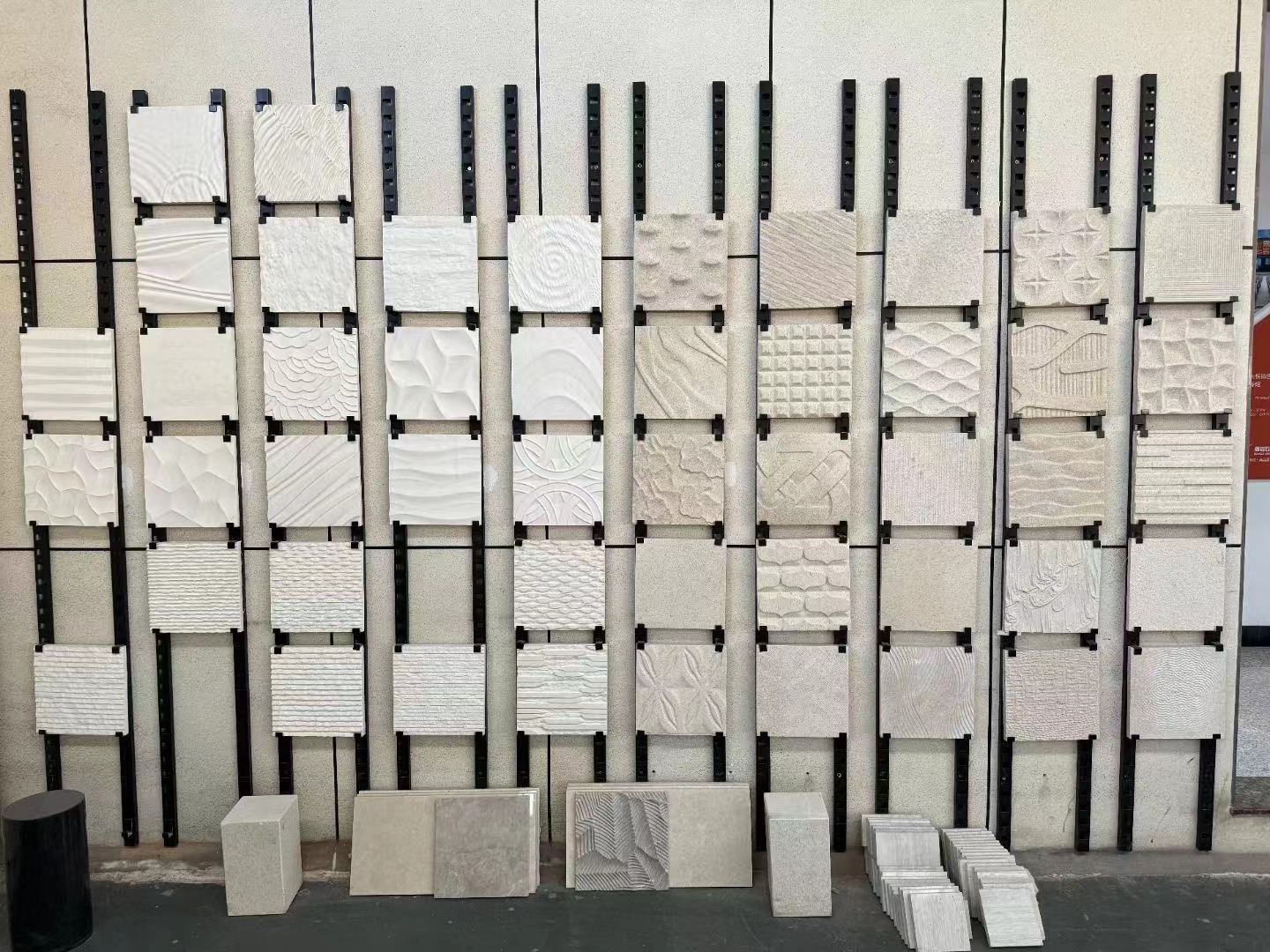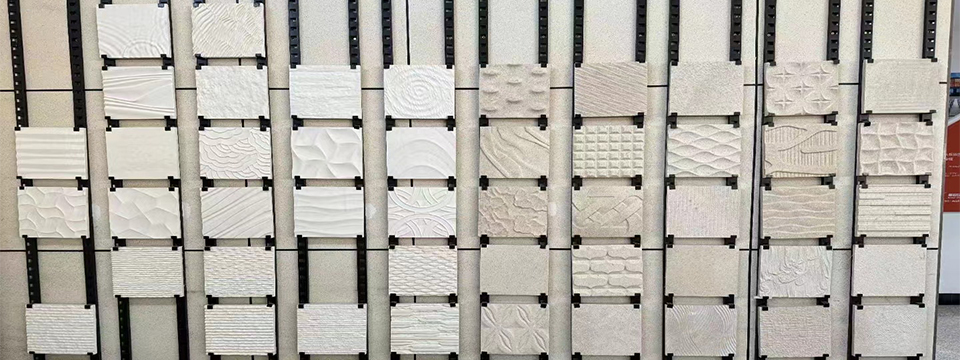Polished Finish: This is one of the most popular finishes, achieved by using abrasive materials to grind and buff the surface until it shines. Polished finishes are mirror-like, enhancing the color and pattern of the stone. They are typically used for indoor applications like countertops, vanities, and decorative walls due to their elegance but can be slippery when wet.
Honed Finish: A honed finish results in a smooth, matte appearance. It's created by stopping the polishing process before the stone achieves a high gloss, leaving a soft, satiny feel. Honed finishes are less slippery than polished and more suitable for floors, especially in areas prone to moisture like bathrooms and kitchens.
Flamed Finish: This finish is typically used on granite and is achieved by exposing the stone to intense heat followed by rapid cooling. The process causes the crystals on the surface to burst, creating a rough, textured look. Flamed finishes are highly slip-resistant and are often used for outdoor paving, steps, and commercial flooring.
Brushed / Antique Finish: In this process, the stone is brushed with wire brushes or mechanical abrasives to give it a worn, aged appearance. The result is a slightly textured, matte surface that hides wear and tear well. It's commonly used for flooring and wall claddings where a rustic look is desired.
Tumbled Finish: Stones are tumbled with sand, water, and smaller stones to create rounded edges and a weathered, aged appearance. This finish is popular for decorative stones, pavers, and tiles used in pathways, patios, and landscaping.
Split Face Finish: This is a natural, rough-textured finish achieved by splitting the stone along its natural grain, revealing the layered structure. It's ideal for creating a rugged, organic look on walls, fireplaces, and garden features.
Leathered Finish: A relatively newer technique, leathering involves using a series of abrasive brushes to give the stone a soft, velvety texture while retaining some of its natural color variations. It has a low sheen and is less porous than honed finishes, making it easier to maintain and more resistant to fingerprints and stains.
Each finish imparts unique characteristics to the stone, influencing its suitability for specific applications. Understanding these finishes helps designers, architects, and homeowners make informed decisions about the right type of stone and finish for their projects.

